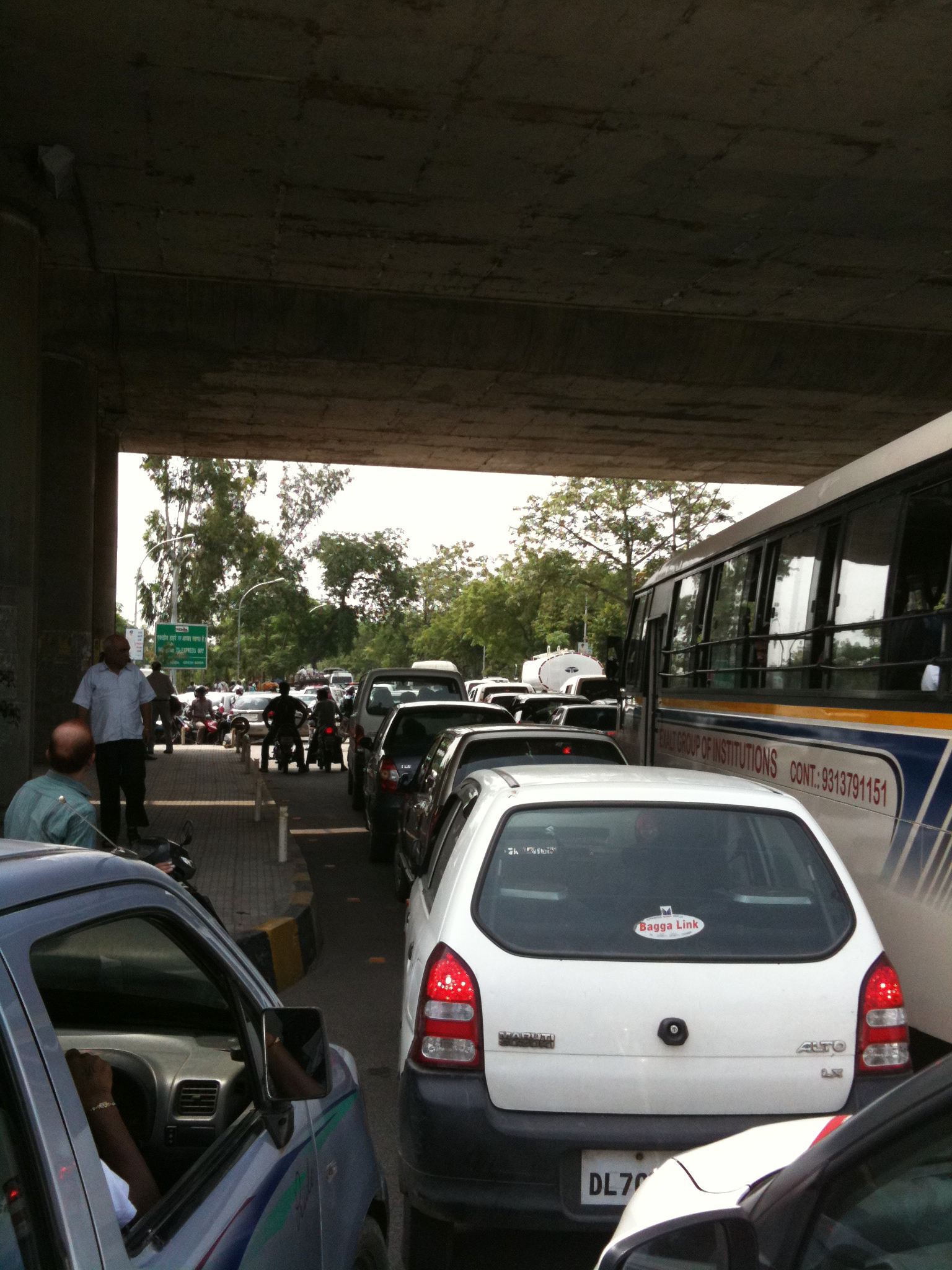Tag: India
-
Doing due diligence on startups
Due diligence is the process of researching and analyzing a potential investment before making a decision. The process can include reviewing financial documents, assessing market trends, evaluating management teams and a lot more. Essentially, due diligence is all about doing your homework to make an informed investment decision. When it comes to investing in startups…
-
Angel Investing at Scale with Fabrice Grinda
Fabrice Grinda is the founder of Zingy, Aucland OLX and FJ Labs, a VC firm and venture studio based in NYC, focusing on marketplace businesses. FJ Labs has invested in hundreds of companies such as Alibaba, Bla Bla Car, Zolostays, Brightroll, ZoomCar and many many more. In 2018, Forbes named Fabrice the #1 Angel investor…
-
The Rise of Indian Venture Capital
Over the last twenty years, India has seen a tremendous amount of economic activity in the tech arena. The startup and venture capital ecosystems were a bit slow to pick-up, partly due to low Internet penetration until just a few years ago. That, however, didn’t prevent the creation of unicorns like Flipkart, Snapdeal and others.…
-

Twelve Years of Indian Startups – Part II
After landing in India, I realized the bureaucracy was going to make it really difficult to get started. I won’t bore you with the details but it took me eight months from the day I landed in India to having all of the required papers in place in order to setup a Private Limited company…
